Tags: Moon

Celestial Highlights This Week: Watch Out For the Venus-Moon Conjunction, Meteor Shower, and More
Mysterious 'Blobs' in Earth's Mantle Might Be the Remnants From the Protoplanet Collision That Birthed the Moon

Discovering Lunar Marvels: 9 Captivating Moon Facts That Leave You Spellbound
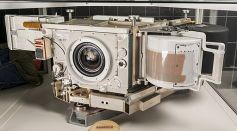
NASA and ESA To Bring Next Generation Lunar Camera for Future Moon Missions
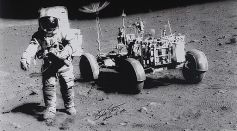
Lunar Round Trip: How Long Will It Take To Walk Around the Moon?

Moon's Age Pushed Back 40 Million Years Beyond Previous Estimates Through Zircon Crystal Analysis from Apollo 17 Mission

Hunter's Moon: How to Catch a Glimpse of This Celestial Delight in the Sky This Week?
Space Photo of the Week: NASA's Juno Spacecraft Captures Up Close Photo of Jupiter's Volcanic Moon Io at 7,260 Miles

India Sets Sights on Moon Landing by 2040, Envisions Space Station by 2035

Rare Annular Solar Eclipse Best Photos: Citizens Share Spectacular Images of Last Weekend's Eclipse Across the Americas
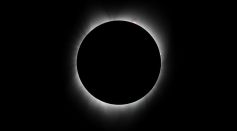
From 'Ring of Fire' to Total Solar Eclipse: What To Expect From the Upcoming Celestial Meeting Next Year

Orionid Meteor Shower Peak and More: Here's What To Look Expect in the Night Sky This Week

What To Expect During a Solar Eclipse? 10 Unusual Phenomena to Look Out for This Weekend

Turning Moon Dust into Smooth Lunar Roads: ESA's 'PAVER' Project for Future Lunar Colonies

Toyota's Baby Lunar Cruiser Could Allow Humans To Take a Drive on the Moon, Set To Land in 2029

Prada Joins Forces with Axiom Space to Create Cutting-Edge Spacesuits for NASA's Historic 2025 Artemis III Moon Mission
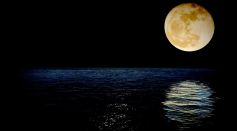
Last Supermoon of 2023: Here's How To Watch the Full Harvest Moon

Weekly Stargazing Highlights in the Northern Hemisphere: See Saturn and This Year's Last Supermoon
Chandrayaan-3 Misses Crucial Wake-Up Call During Lunar Night: What Could Have Possibly Gone Wrong?
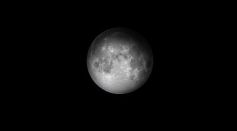
50 Years Post-Apollo 11: Moon's South Pole Draws Global Space Exploration Interest, But What's the Attraction?
Most Popular

Memory and Learning: How the Brain Stores, Retrieves, and Forgets Information

Gut Microbiome 101: How Gut Bacteria Influence Immunity, Mood, and Metabolism

How Solar Activity Shapes Our Planet: What the Next Solar Maximum Means for Earth

The Strongest Tornadoes Ever Recorded: Scientific Breakdown of Extreme Tornado Events




